Youth in Uniform Killed for Standing Against Corruption
On 8 September 2025, what began as a youth-led protest against corruption and a government-imposed social media ban ended in tragedy. Young students in school and college uniforms were not merely collateral damage they became the faces of state violence. Among them was 19-year-old Shreeyam Chaulagain, a college student returning home, whose life was abruptly taken amidst the crackdown. The use of live ammunition initially downplayed by authorities as “rubber bullets” reveals a breach of legal and ethical boundaries, and raises the question: when killing uniformed, unarmed students becomes not just a tragedy, but an international crime.
The Death Toll & Victims’ Stories
- Official death tolls vary by source:
- The Ministry of Health confirmed 19 people killed and 347 injured nationwide. Wikipedia+4Nepalekhabar+4Kathmandu Post+4
- Some accounts suggest 30 total deaths, when including three police officers. Wikipedia
- Injuries also surged: hundreds hospitalized, many critically. Al Jazeera+3Nepalekhabar+3Wikipedia+3
- The Ministry of Health confirmed 19 people killed and 347 injured nationwide. Wikipedia+4Nepalekhabar+4Kathmandu Post+4
- Among the victims:
- Shreeyam Chaulagain, 19, a student at Global College, was killed. myRepublica+1
- Other identified victims include: Sulabharaj Shrestha (Banke), Buddhi Tamang (Kirtipur), Stop Adhikari (Baneshwor), and Gaurav Joshi. myRepublica+1
- Many victims died at major hospitals: 8 at the National Trauma Center (including Shreeyam), others at Civil Hospital, Everest Hospital, Kathmandu Medical College, Teaching Hospital, and BP Koirala Institute. Kathmandu Post+3myRepublica+3Nepalekhabar+3
- Shreeyam Chaulagain, 19, a student at Global College, was killed. myRepublica+1
What Gen Z Wanted
While the media first framed this as a protest against the social media ban, the reality is that young Nepalis were demanding much more:
- Immediate Lifting of the Social Media Ban — restoration of access to Facebook, Instagram, YouTube, WhatsApp, and X.
- Accountability for Corruption & Nepotism — investigations into the “Nepo Kid” culture, transparency in government spending, and an end to favoritism.
- Justice for Protest Victims — independent investigation into the killings, punishment for those who ordered live fire, and recognition of slain students as martyrs.
- Freedom of Expression & Assembly — no censorship and the right to protest without fear of violence.
- Political Reform — demand for new leadership beyond entrenched elites and corrupt families.
- Better Future Opportunities — job creation, education reforms, and a Nepal where youth can thrive without being forced to migrate abroad.
- Democratic Safeguards — constitutional protection of rights and limits on state violence.
What Went Wrong: From Rubber to Live Bullets
- Authorization of force: Home Minister Ramesh Lekhak resigned in the aftermath. He had been the official with oversight for maintaining law and order. Testimonies and reports suggest that the security forces were initially instructed to use “less than lethal” means (rubber bullets, water cannons, tear gas) but were ultimately permitted or ordered to escalate to live ammunition. Lekhak later stated that rubber bullets were authorized, but what followed were real rounds that caused fatal injuries. Nepalekhabar+4The Guardian+4AP News+4
- Impact of live rounds: Many victims sustained gunshot wounds to the head and chest. Some were killed on the spot. Nepalekhabar+3The Guardian+3AP News+3
- Role of uniformed students: The fact that many were wearing school or college uniforms symbols of innocence and civic aspiration heightens the moral and legal gravity. These were not masked agitators but youths in education settings, returning from classes or heading home, participating in peaceful protest. Shreeyam Chaulagain himself was returning home from college when he was caught in the violence. myRepublica
Legal, Moral, and International Implications
- Under international human rights law, the use of lethal force by law enforcement is heavily restricted. It is only justified when necessary to protect life and only when less harmful means are insufficient. Proportionate response and distinction between combatants and non-combatants (peaceful protestors) are foundational. The killing of unarmed students even under protest is widely condemned as unlawful.
- Domestic laws in Nepal guarantee the right to peaceful assembly and freedom of expression. The National Human Rights Commission emphasized that the deaths of protesters violated citizens’ constitutional rights. Kathmandu Post+1
- International reaction: Rights groups and the United Nations called for transparent investigations. Allegations of excessive and indiscriminate use of force were brought forward. The Guardian+1
What the Authorities Say & Where Contradictions Lie
- Authorities initially claimed that non-lethal methods were employed. Lekhak’s statements referenced rubber bullets. The Guardian+2AP News+2
- However, medical records, eyewitnesses, and hospital death certificates confirmed real bullet wounds, some fatal upon impact. Nepalekhabar+3AP News+3Al Jazeera+3
- Lekhak’s own resignation was an admission of moral responsibility, and the government formed a probe committee to investigate the use of force. Nepalekhabar+1
Conclusion
The killings of students in uniform during the Gen Z protests on 8 September 2025 represent more than a domestic tragedy they are symptomatic of systemic abuse of state power, and a failure to protect the most vulnerable voices demanding accountability. When young people, burdened first by corruption and nepotism, are told their grievances do not matter and then shot for voicing them the consequences are profound and far-reaching.
Shreeyam Chaulagain did not carry a weapon. He carried hope. His death, like those of 18+ others, is a stark reminder that accountability must follow; justice must be served. And those responsible orders given, bullets fired, laws broken must be held to account in accordance with both national and international legal standards.
Share this content:
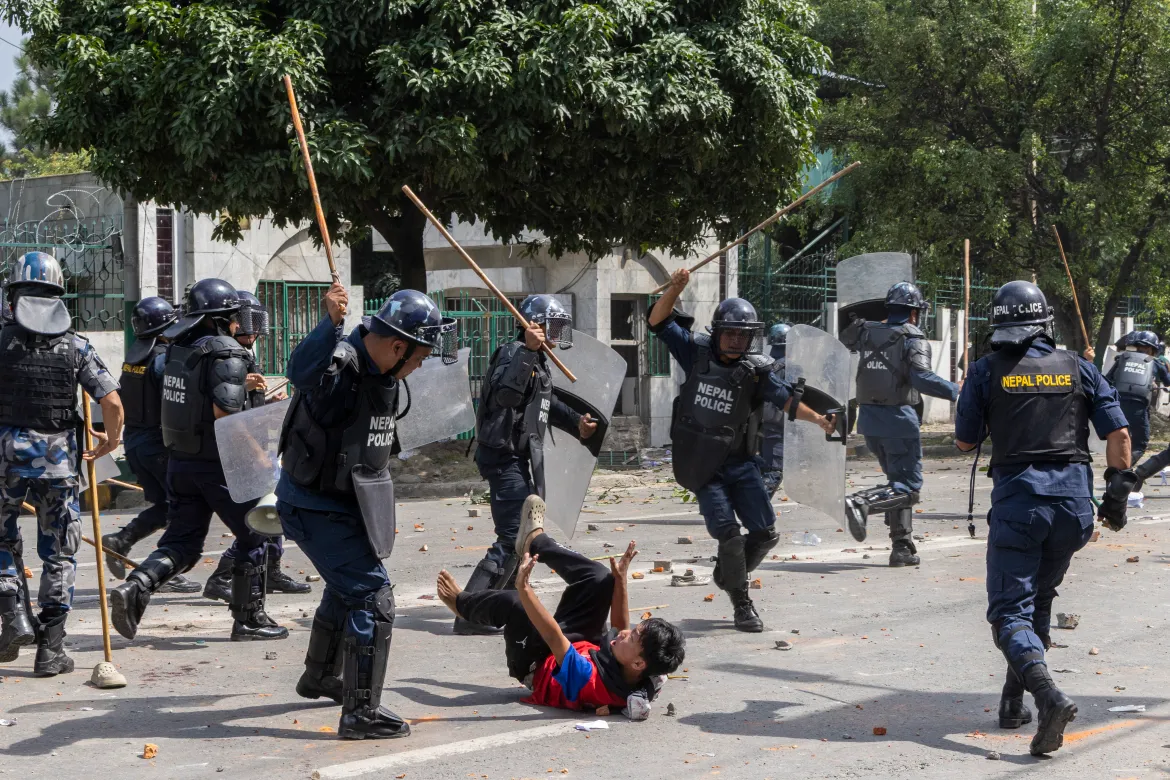

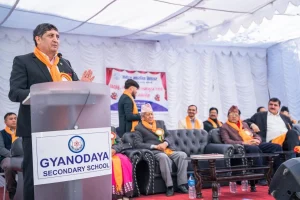
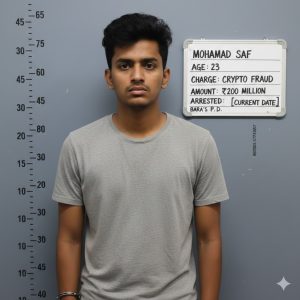
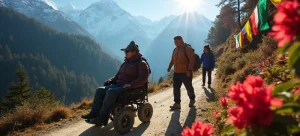
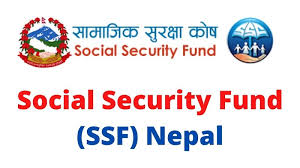
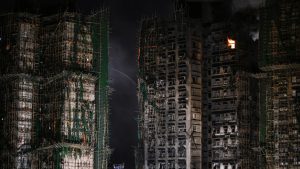

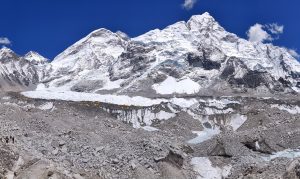


Post Comment